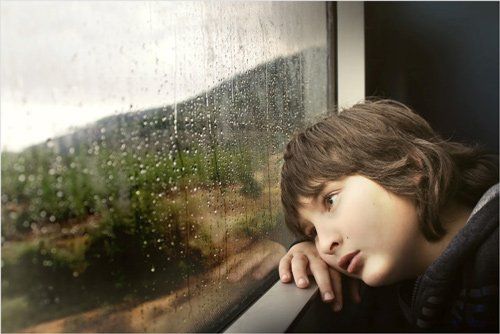Types of Depression
- By admin
- •
- 28 Jun, 2018
- •

Depression is hard. Nobody chooses to live with this condition, but it impacts men and women around the world indiscriminately. In fact, millions of people deal with depression each year.
Most people think of depression as feelings of sadness. The truth is that the condition is often much more in-depth than this.
If you suspect you have depression, diagnosis and treatment are possible. One of the first decisions your doctor will make is to diagnose your specific type of depression. Read on to learn more about the different types of depression.
Major Depression
Major depression, also known as clinical depression, is extremely common. People with this condition do not simply feel sad every once in a while. They feel a pervasive sense of sadness or hopelessness.
Major depressive disorder is characterized by feelings of anger, sadness, tearfulness, and despair. The condition may throw off your appetite or sleeping pattern as well. Ultimately, you may simply feel that things aren't going to get any better.
Children and teenagers may exhibit signs of clinical depression. Sometimes symptoms fade away with time, but sometimes the condition carries on into adulthood. Treatment is critical no matter the age of the person.
Bipolar Disorder
You may have heard bipolar disorder referred to as manic depression. This condition is characterized by shifts in mood, ranging from very high (manic) to very low (depressive). Each case of bipolar disorder is slightly different.
Several types of bipolar disorder exist. Some people exhibit more low periods than high periods, while others may experience the inverse. Some people experience equal amounts of both emotions. Bipolar disorder may also accompany other issues, like substance abuse, psychosis, ADHD, or anxiety.
Seasonal Affective Disorder
Most often called SAD, seasonal affective disorder often goes undiagnosed. This form of depression ebbs and flows as seasons change. Most people with the condition will feel a sense of sadness with fall and winter, but some feel this in spring or summer.
People with SAD exhibit many of the signs associated with clinical depression. The core difference is that the symptoms are associated with a time of year. Those at higher risk for SAD include young people, women, and those who have a family history of depression.
Seasonal affective disorder is unique in that it may be treatable with light therapy.
Persistent Depressive Disorder
Many people have never heard of persistent depressive disorder, also known as dysthymia. Diagnosis of the condition requires a gloomy feeling throughout most of the day for the majority of days for at least two years. The condition lasts so long that people often do not remember feeling any other way in their lives.
Individuals diagnosed with this condition may have formerly been diagnosed with clinical or major depression. The symptoms are nearly identical and include low self-esteem, fatigue, sadness, anger, and difficulty making decisions.
Situational Depression
Situational depression is incredibly common, and it typically accompanies a traumatic event like death, divorce, or financial loss. This condition is stress-related and typically short-term. Medication and therapy may both be used to treat the condition.
The symptoms are not dissimilar to other forms of depression, but these may be more related to the situation at hand. Symptoms often include sadness, lack of appetite, inability to sleep, and avoidance of social situations.
Seeking Depression Treatment
This list is by no means a comprehensive look at the types of treatment available or even the types of depression. Only a doctor can diagnose depression with accuracy.
Comprehensive Behavioral Health Associates Inc. has some of the answers to your questions about depression. Call today to learn about your options for mental health treatment and counseling. Help is here.


